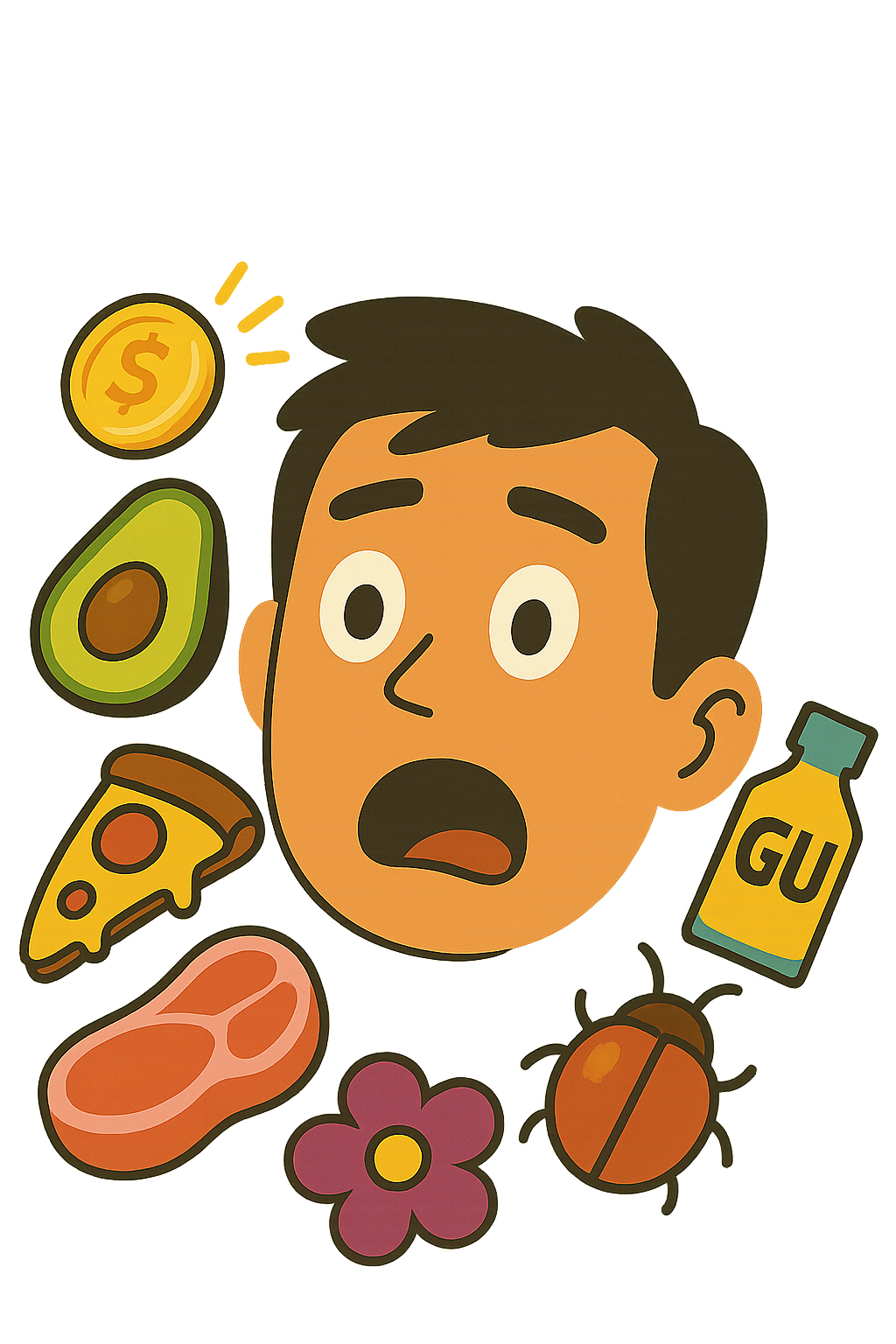Is it safe to eat moldy cheese?
Quick Answer
It depends on the type of cheese.
Hard cheeses like cheddar or Swiss can be safe to eat after cutting off the mold, as the mold cannot penetrate deeply into these types of cheeses. However, soft cheeses like brie or ricotta should be discarded if they have mold, as the mold can spread throughout the cheese.

What Is It?
Moldy cheese is cheese that has developed visible fungal growth. This can occur due to a variety of factors, including improper storage, high humidity, or contamination from other foods.
Why It Can Be Risky
Eating moldy cheese can pose several health risks, particularly if the cheese is soft or if the person consuming it has a weakened immune system.
- Allergic reactions: Some people may be allergic to the types of mold that grow on cheese, which can cause symptoms like itching, swelling, and difficulty breathing.
- Food poisoning: Certain types of mold produce toxins that can cause food poisoning, with symptoms like nausea, vomiting, and diarrhea.
- Respiratory issues: Inhaling mold spores from moldy cheese can potentially cause respiratory problems, particularly in people with asthma or other respiratory conditions.
Safe Method?
If you discover mold on a hard cheese, you can cut off at least 1 inch around and below the mold spot. Be sure to keep the knife out of the mold itself so it doesn’t contaminate other parts of the cheese.
Can You Just Cut It Off?
For soft cheeses, it’s best to throw the entire cheese away if you discover mold, as the mold can spread throughout the cheese, even if it’s not visible.
Storage Tips
Store cheese in the refrigerator at temperatures below 40°F.’, ‘Wrap cheese in wax paper or cheese paper before storing it in a plastic bag.’, ‘Keep cheese away from other foods to prevent cross-contamination.